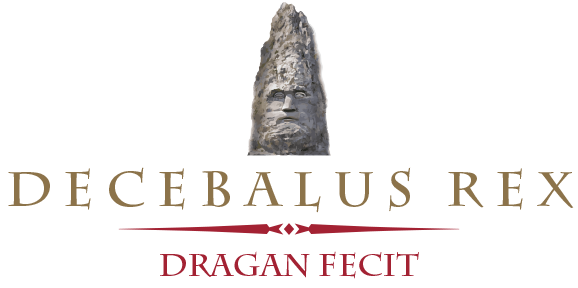The odyssey of making the sculpture depicting the head of King Decebalus in the limestone rock with marble inserts lasted more than 10 years. Hard work, often done in extreme conditions. The result is astonishing! The face of Decebal modeled in the gigantic rock seems to rise from the waters of the Danube.
The Decebal Rex monument is unique for its size, being 42,9 meters high and 31,6 meters wide. It is conceptually similar to the memorial on Mount Rushmore in South Dakota, which depicts the granite-sculpted busts of American presidents Washington, Jefferson, T. Roosevelt, and Lincoln, but surpasses it in height. It is eight meters more than Rio de Janeiro’s Christ the Redeemer, and only six meters less than the Statue of Liberty.
The works for the construction of the statue of Decebalus began in 1993 after Giuseppe Costantino Dragan bought the mountain whose rock was to be modeled. The Italian sculptor Mario Galeotti of Pietrasanta – the place where Michelangelo himself had an atelier – went there, took samples to analyze the quality of the rock, and produced the first sketches.
The difficulty of shaping the rock, and the extremely difficult access required rigorous preparations. Topographical measurements were made, and the vegetation and crumbling stones were removed. The next phase consisted in preparing scaffolding for the compressed air systems and electricity cables, arranging accommodation for climbers, and mounting scaffolding with ladders similar to those used by firefighters. Hooks for ropes, pulleys, and drums for funiculars were made.
Since it was not possible to use suitable equipment, all the tools were transported by boats and then manually in 40-50 kg bags.
For more than ten years, in the period from March to October, they worked in two shifts of six hours each. Every day the climbers were forced to climb from the base of the rock to the scaffolding. A difficult and risky operation, which lasted a good half an hour! More hours of hard work followed with the jackhammer and pickaxe. The large pieces of rock were smashed with dynamite. Over the years of work on the rock, 20.000 holes were drilled, impressive quantities of dynamite, hundreds of primers, and over 20.000 meters of the fuse had to be used, and 6.000 cubic meters of rock were crushed.
Six years after the start of the work, the finishing phase was carried out. The most complex and long operation was the “filling” of the nose. It was necessary to level with the pneumatic hammer the entire surface that had various cracks to get to the compact material. Holes almost two meters deep were drilled on both sides of the cavity that had to be blocked. In addition, several channels were made between the holes to increase the grip in the rock with concrete. For greater safety, a reinforcement with stainless steel bars imported from Italy was inserted.
Transporting the concrete represented a real challenge and made it necessary to build an entire system of pulleys both between the two banks of the river and from the work platform to the base of the nose. In the year 2000 the identification plate of the monument was completed and the inscription: Decebalus Rex Dragan Fecit was carved. The finishing of all the details required three years of meticulous and diligent work. In 2004 the monument was finished, after a titanic work, which transformed into reality a unique initiative, aimed at reminding Romanians over time how great and glorious their past was, what role and place they occupied in the history of the world, and on what the present and future of the nation were based.
